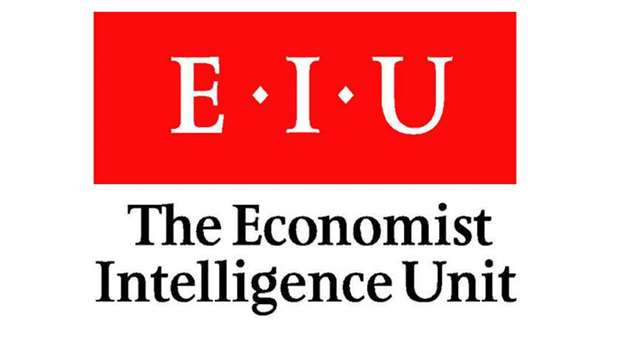Qatar's economy will return to “positive” growth in 2021, of 1.8%, on the back of economic benefits from a “recovery” in Chinese and global LNG demand, as well as the diplomatic “breakthrough” in the GCC crisis, Economist Intelligence Unit (EIU) has said in a report.
According to EIU, Qatar's "ability to fully service its significant debt obligations remains strong, supported by ample foreign reserves and the assets" of the Qatar Investment Authority (QIA) the country’s sovereign wealth fund.
EIU has given the banking sector risk rating of ‘BB’, which it said is supported by a “robust” regulatory framework and “solid” capital and liquidity indicators.
Commercial banks in Qatar have been increasing liquidity from abroad in the form of a number of debt issues, and cash injections from the QIA have bolstered banks' liquidity. The ratio of non-performing loans as a proportion of total loans has "historically been low," but is "likely to rise" in the short term, it said.
The country’s currency risk is B-rated; EIU said noted that although export earnings were expected to have fallen in 2020, the riyal's peg to the US dollar is backed by "healthy" foreign reserves and QIA assets.
The current account will have moved into deficit in 2020, but the currency regime is expected to weather the short-term economic shocks, EIU said.
In an earlier update, EIU noted Qatar’s real economic growth will "remain stable" throughout most of the long-term forecast period. However, economic diversification investment projects will sustain robust growth until 2030, after which growth will start to edge down.
There remains potential for bursts of high growth if further gas export projects, beyond those planned for the mid-2020s are approved by the government. Diversification and the expansion of the services sector, funded by the state's hydrocarbons wealth, will also provide opportunities for growth.
The population will continue to increase, largely through immigration, to 3.9mn in 2050. As a result, growth in real GDP per head will be much slower than growth in real GDP, it said.




